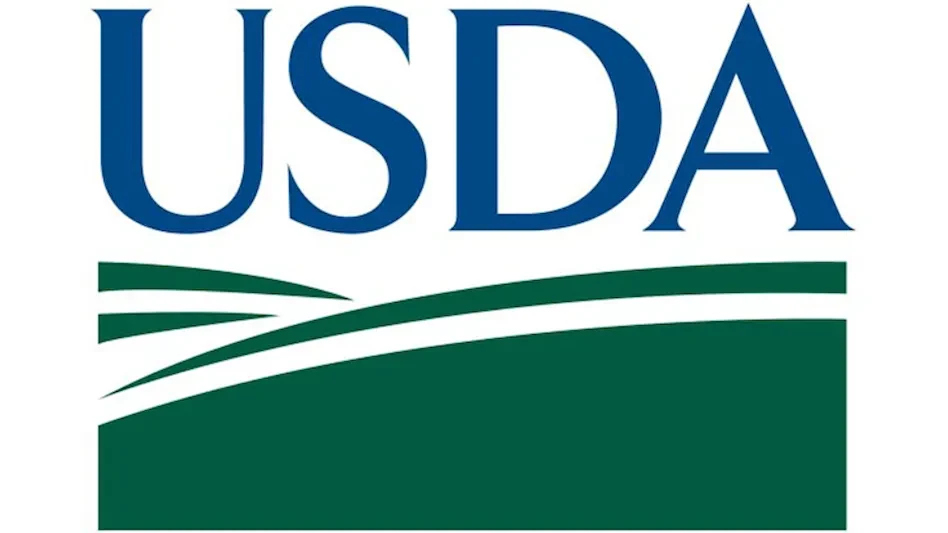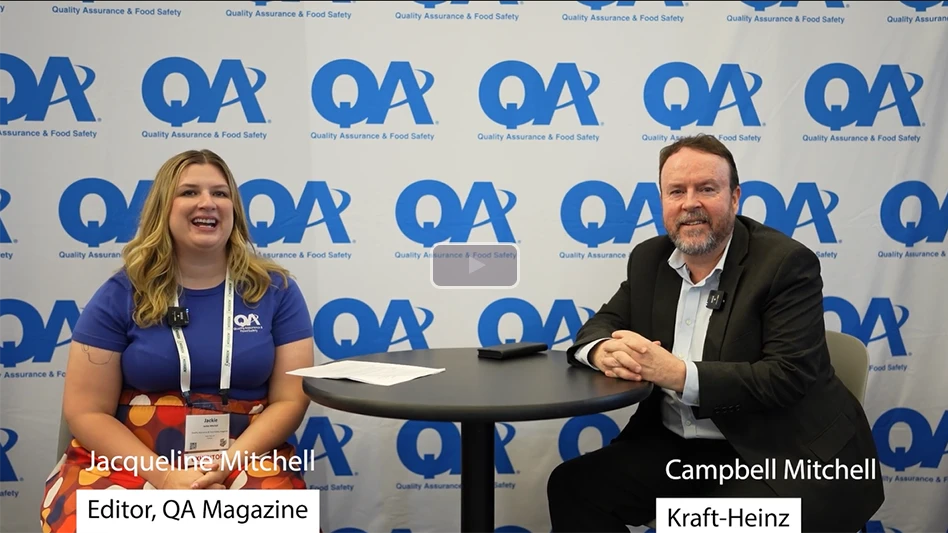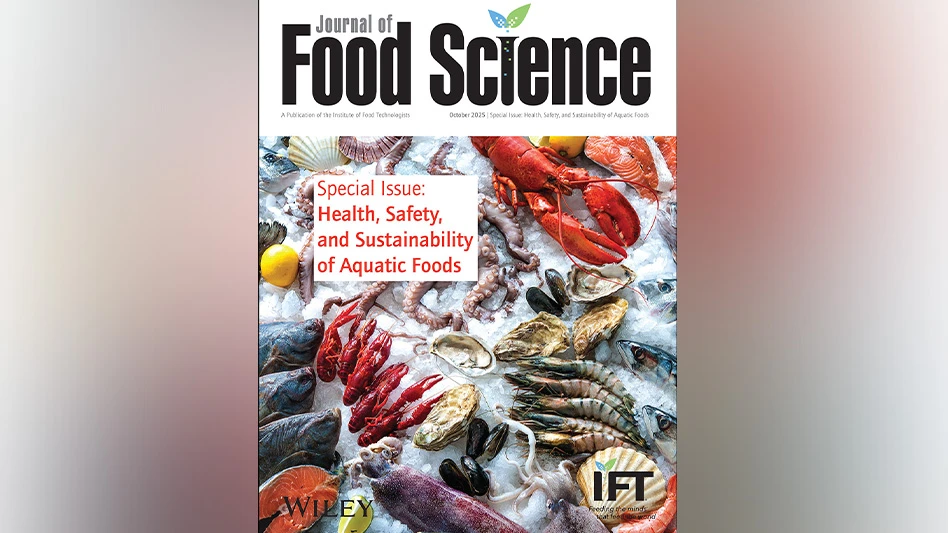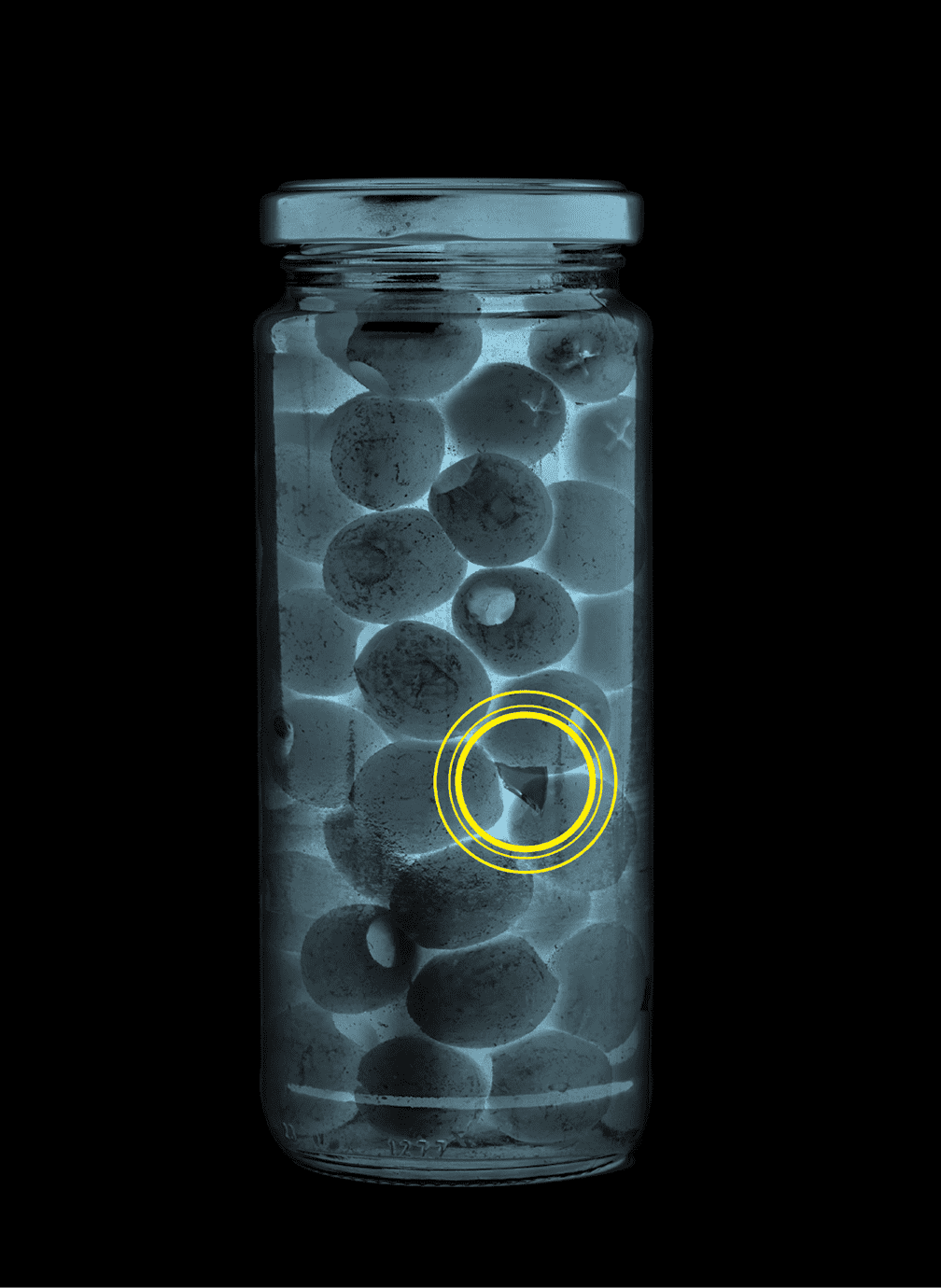
Any fan of Sir Arthur Conan Doyle’s Sherlock Holmes knows the detective had a keen mind for science, which helped him deduce any number of mysteries. He knew human anatomy, chemistry and even some botany, according to his sidekick Dr. John Watson in Doyle’s first Holmes book, “A Study in Scarlet.”
But Holmes also benefited from tools such as a magnifying glass and microscope, as pointed out in “Sherlock Holmes and the Tools of Deduction,” a Smithsonian magazine story from 2012.
Having the right tools is also key to foreign object detection in food and beverages. But, as Robert Rogers, senior advisor for food safety and regulations at Mettler Toledo, pointed out, metal detectors, X-rays and more are just part of a successful program.
“The first challenge is to eliminate the risk altogether,” he said. “Preventing contamination is your best line of defense. The last line of defense is detecting.”
According to Sedgewick’s “U.S. Recall Index 2021 Edition 1,” foreign material was the third leading reason for Food and Drug Administration recalls in the first quarter of 2021. Despite that bronze-level ranking, those recalls impacted more units than the reasons that ranked first and second. More than 1 million, or 44.8% of all impacted units were due to foreign material contamination.
Rogers, along with FlexXray’s Taylor Lewis, food safety and quality manager, and Kye Luker, vice president of operations, help us out with a few tips on how to get your object detection to Holmesian levels.
Prevent the contamination.
First and foremost, said Rogers, if there’s a way to eliminate the risk at all levels — do that. If glass is an issue, eliminate as much of it as possible from your processing environment.
“If you can’t eliminate it,” he said, “then you have to protect against it or prevent it from entering the product in some way.”
In the glass contamination example, implement a glass and brittle plastics program where you frequently inspect and evaluate glass in your processing environment that couldn’t be eliminated. If you find something broken, you can assess your risk of it entering the product flow.
Prevention could include covering exposed product areas or implementing a good maintenance program for equipment such as grinders.
Don’t only lean on detection devices.
Treat metal detectors, magnets, X-ray machines and the like as notification devices as opposed to elimination devices. While vital, they’re a backup to all the tactics you’ve undertaken.
“We’re just monitoring systems, really,” said Rogers, whose company makes and sells such devices. “I certainly can’t prevent contamination by simply installing the detector. They’re the last chance you have to identify that all your previous actions to negate the problem were successful or have failed.”
Rogers advised looking at it as a value proposition. When you put detection devices at the end of your process, everything you’ve done to your product up until that point adds value and cost to it. Simply put, if something is detected at the end of the process and you have to throw product away, you’re discarding it at a point in the manufacturing process where it has the most value.
“You’re certainly throwing away the packaging,” he said. “You’re certainly throwing away the time and effort that it took to manufacture the product and the materials. And, if you’re going to do some sort of re-inspection process to hopefully save that product, you’re investing even more into it.”
That’s why preventing and removing as much contamination as possible is important.
“This will also have a positive impact on other business initiatives such as waste, sustainability and efficiency efforts, all of which affect the bottom line,” Rogers said.
Take a process snapshot when an event occurs.
If you have a foreign material event in your facility, work with your operations team to stop the production lines and take a snapshot of the process in that moment in time. Using a process map, collect data such as which product is currently in every single piece of equipment and at what quantities.
Even if a piece of equipment isn’t involved directly with the event, if it’s part of the overall process, it needs to be stopped and checked, said Lewis.
“How that really helps the investigation is it gives you an idea of where you’re at, and you can always go back to that exact moment in time of where the system failed and where everything was,” he said.
The idea is that depending on how long it takes you to complete your investigation and make a hold or release decision, you always have that data to help you identify potential causes.
“It helps you make that hold/release decision because you aren’t going back and saying, ‘Well, I know I had a certain amount of pounds in the system, but I don’t know exactly where they were,’ ” Lewis said. “It helps on the front end to get your initial bracket set up.”
It also helps on the back end because you can compare the data to batch records to identify if the problem had been occurring outside of where the initial failure was. Plus, stopping a line for a short amount of time gives you the chance to decide how to proceed.
“You’re able to start making decisions on whether the product could be reworked, put in the finished package or how else you want to handle it?” Lewis said.
Make sure your data is up to par.
Grabbing as much data as possible from your snapshot is going to help your investigation, so make sure it’s complete and reliable, said Lewis. Foreign material investigations are too important to the bottom line to settle for inferior data or unanswered questions.
Ask yourself questions such as: “What are my internal rework capabilities?” or “Am I confident in this decision?”
“If you don’t have confidence whenever you make the decision, you’re really not going to have confidence in it whenever you go to bed at night or whenever you’re thinking about it one week, two weeks, three months later,” said Lewis.
Don’t be afraid to ask for help.
Whenever you’re working through an event and have a product that’s put on foreign material hold, you should feel comfortable reaching out to different department managers or folks who work on different shifts to get their input and advice.
For example, another food safety manager within your company might be using similar equipment or making the same product as you. Lewis said they can be a great resource for bouncing ideas around. They may have even encountered the same type of event and have advice on exactly how to proceed.
“Don’t be afraid to share failures with your peers within your own company, even if they’re at a different facility,” he said.
Make sure you have the right amount of product bracketed for hold.
Every manufacturing process is different based on what you’re producing, but making sure you isolate the right quantity of product can help save money and keep you from shipping contaminated items.
For example, Luker said, if you’re making sausage using a 10,000-pound ribbon blender, just holding the product made since your last known good metal detector scan might not be enough.
“That’s all well and good,” he said, “but did you make sure that that whole batch is on hold just in case that there’s something upstream that triggered that? You might have had some smaller pieces get by your metal detector.”
Luker said it’s important to get your holds right the first time because going back later and pulling product out of a distribution center is a larger headache than taking extra time in your facility.
“It’s about food safety, ensuring that you’ve got your hands around everything, and you don’t want to be pulling something out of distribution later and adding unnecessary cost to the potential handling of this incident,” Luker said.
Make sure that you have excellent accountability of tools, parts, gaskets and more.
If it’s used in your workflow, know where it is at all times. Or at least where it should be. Don’t wait for your periodic sanitation events to take stock of where everything is.
“Some plants have weekly events, others have daily,” Luker said. “You don’t want to go 16 hours or even four or five days before you know something is missing.”
The more robust the accountability you have around tools, parts or other loose items, the better off you’ll be protecting from contamination.
Don’t skimp on cheaper tools.
While it might make your financial team happy, buying plastic or rubber tools and parts is going to make it harder to detect them in the event of a contamination, said Luker. It’s possible for certain detectors to pick those items up, but you’re better off paying a premium.
For example, pay more for a rulon O-ring instead of a rubber O-ring.
“The chances of seeing it under X-ray detection improve dramatically by using rulon,” said Luker, whose company employs X-ray machines to spot items in product batches. “Just because one is a 5 cents and one’s $1, it can actually help you prevent throwing away 10,000 pounds of your product over that 95-cent price difference.”
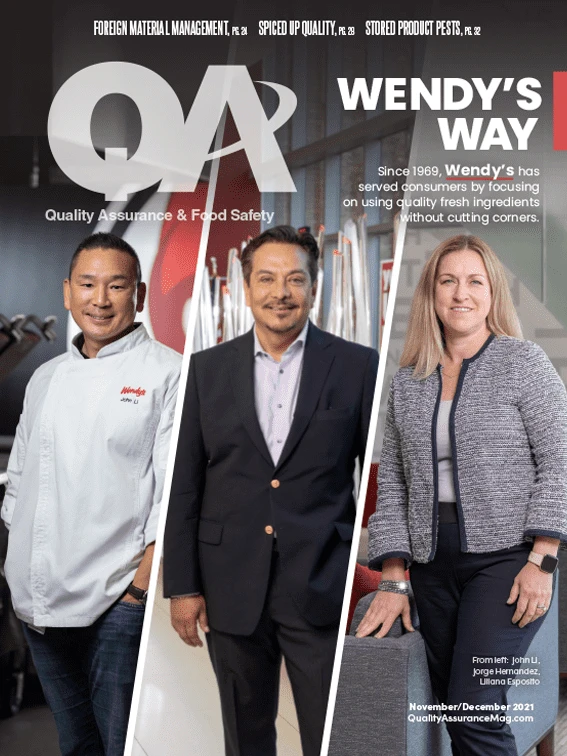
Explore the November December 2021 Issue
Check out more from this issue and find your next story to read.
Latest from Quality Assurance & Food Safety
- Chef Robotics Introduces Pat-Down Capability for Meal Presentation and Sealing
- USDA Launches Regenerative Pilot Program
- Indoor Ag-Con Adds Food Safety Track to Conference Lineup
- IDFA Recognizes Federal Officials for Support of U.S. Dairy Industry
- Tetra Pak Acquires Bioreactors.net
- Fresh Del Monte Receives Rabobank Leadership Award
- São Paulo Earns Guinness World Record for Largest Municipal Food Security Program
- KPM Analytics Releases Ready-to-Use NIR Calibration Packages


